Pup Architects on designs that enrich culture and community
The world is changing and architecture is adapting, and a new wave of young practices in London emerges. They are armed with bold ideas, digital tools, new studio set ups and innovative designs and approaches. In our Next Generation series, join us in hailing this nexus of exciting studios from the UK capital through an ongoing series of weekly profiles. Pup Architects, run by directors Chloë Leen, Theo Molloy and Steve Wilkinson, put architecture’s role in enriching social and cultural life in the community at the heart of their work.
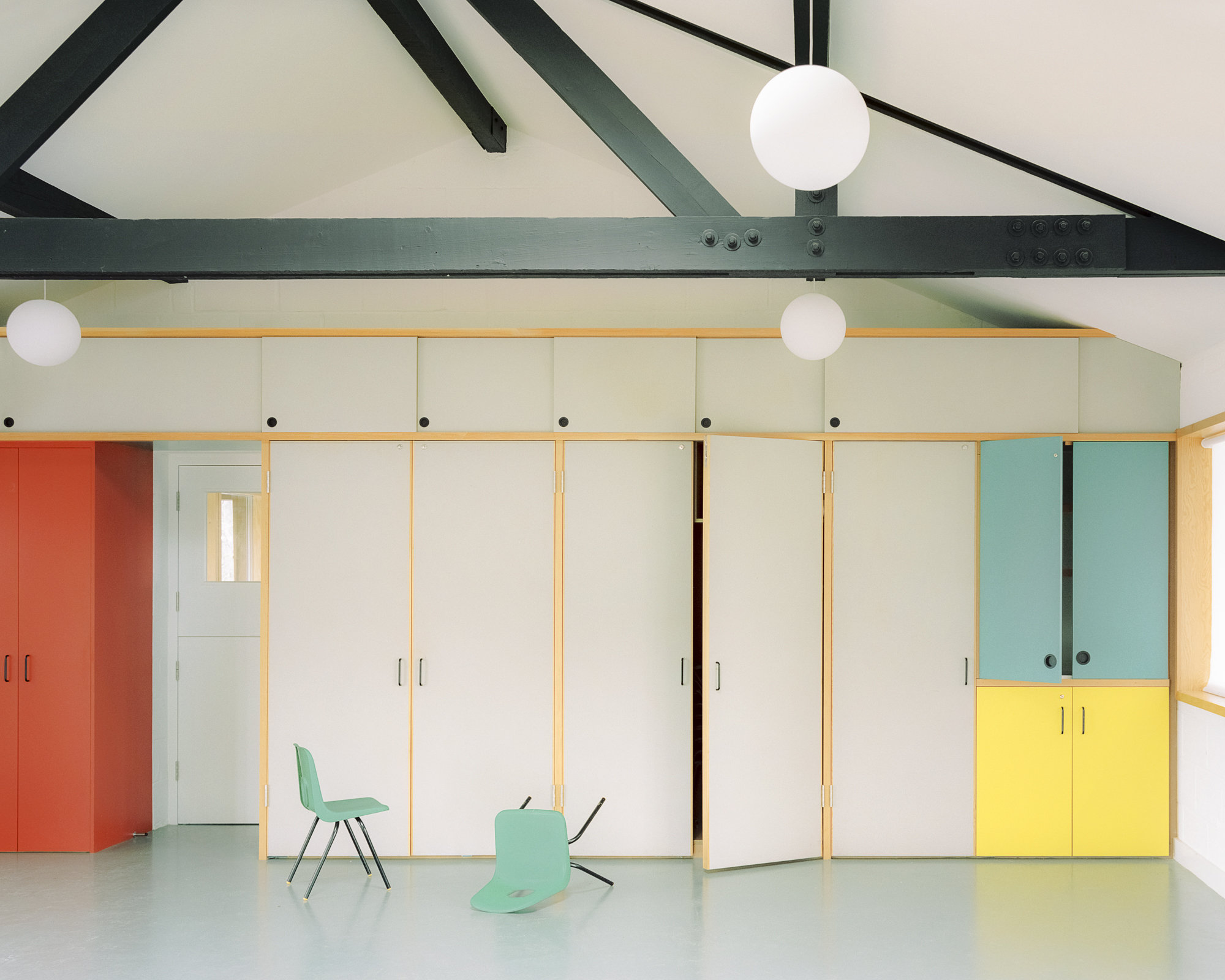
2012 was a key year for Chloë Leen, Theo Molloy and Steve Wilkinson. The Olympics not only turned the global spotlight to London but also marked the trio's first collaboration, a series of pavilions commissioned by the Greater London Authority for the Games. The architects, who have previously worked at practices such as Sam Jacob, Ash Sakula and Grimshaw, eventually formally joined forces in 2017 forming Pup Architects, an energetic, community-orientated studio based in East London.
The interaction of people and architecture, a sense of community that this brings, coupled with ideas of playfulness are key to the team's approach. ‘Our projects are usually both pragmatic and playful,' they explain. ‘Fundamentally we are concerned with how people interpret and use a space. We approach every project differently and treat it as an opportunity to create something unique. The use and combinations of materials is fundamental to this at many levels: from playing with architectural language, to how they make a space feel. Sustainability is another key consideration for us, which often helps to define material choices – thinking about how to be resourceful, efficient and purposeful. It’s a good constraint to drive innovative solutions.'
Their very first work as Pup was HVAC, the winner of the inaugural Antepavilion competition in 2017– an open call by the namesake charity for an experimental temporary structure. From there, they engaged with a number of smaller and medium scale works, culminating to the most recent completion, Surrey Docks Farm, an elegant, crisp refurbishment of a then-derelict, now-black-wood-clad tower into an animal-rearing facility with community and education spaces. ‘[It] is our largest completed project to date, and it demonstrates a lot of our values of working with communities in a public setting,' they say. ‘It will be great to see the development’s impact over the coming years.'
The next big thing for them is the ongoing Cody Dock Community Centre project, a new community centre constructed from hempcrete and timber for Cody Dock in Newham. Pup, here again, are developing ways for architecture to create a dialogue and support the local community, while remaining respectful to the natural environment as well as the multi-layered existing context. A common thread in their socially and environmentally friendly approach slowly and steadily becomes apparent.
Achieving their goals, of course, also takes the right client. ‘In the UK there is still quite a lot of conservatism around architecture and ideas about what it should be,' they say. ‘If you look to other countries, architecture often has a much greater plurality. Clients can be very risk-averse and this diminishes the lack of opportunities for young practices. There is a real breadth of young talented architects with a diversity of approaches who are often overlooked in favour of established practices. And there is still a real disparity when it comes to representation of minorities and women in the field.'
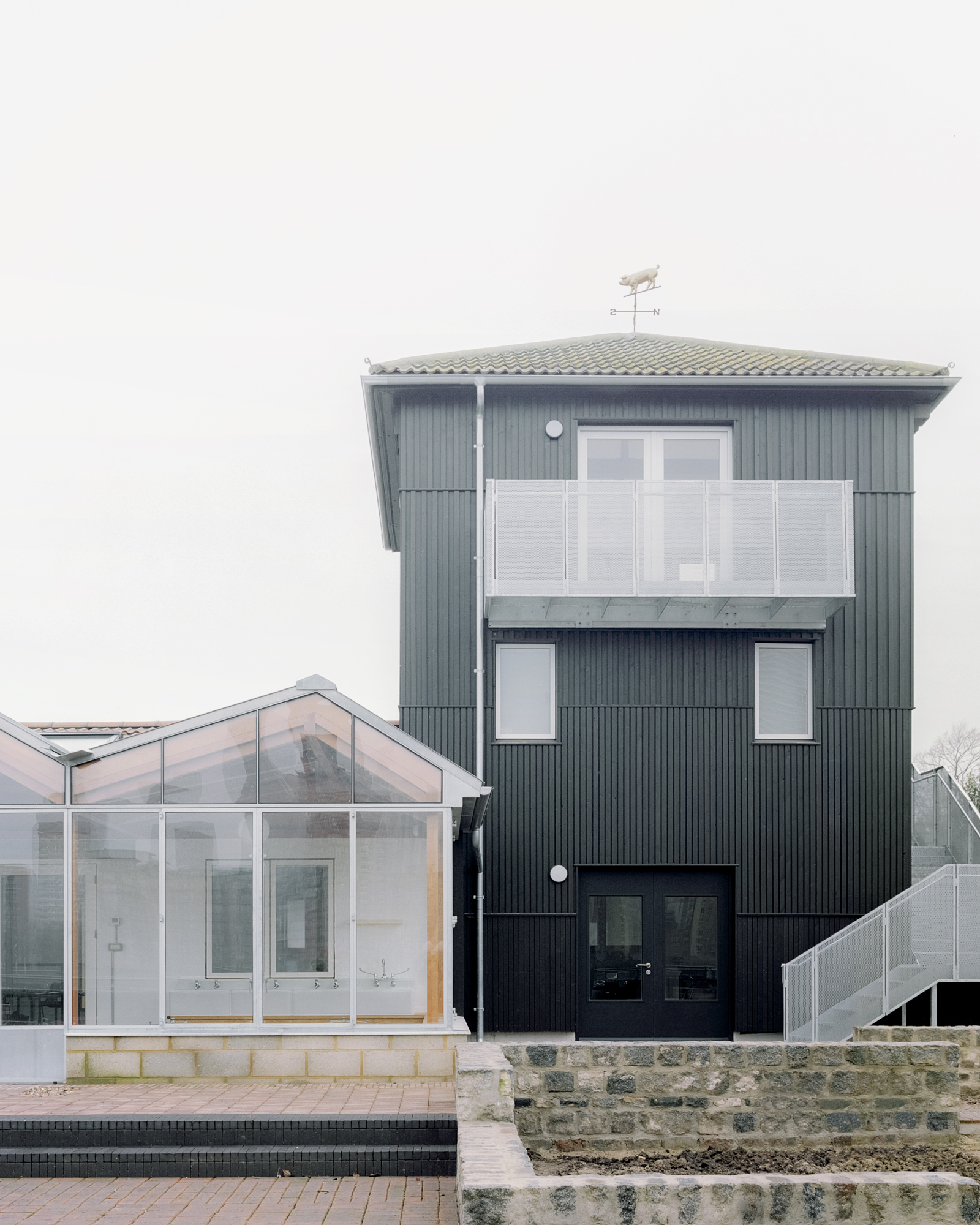
The next big thing for them is the ongoing Cody Dock Community Centre project, a new community centre constructed from hempcrete and timber for Cody Dock in Newham. Pup, here again, are developing ways for architecture to create a dialogue and support the local community, while remaining respectful to the natural environment as well as the multi-layered existing context. A common thread in their socially and environmentally friendly approach slowly and steadily becomes apparent.
RELATED STORY
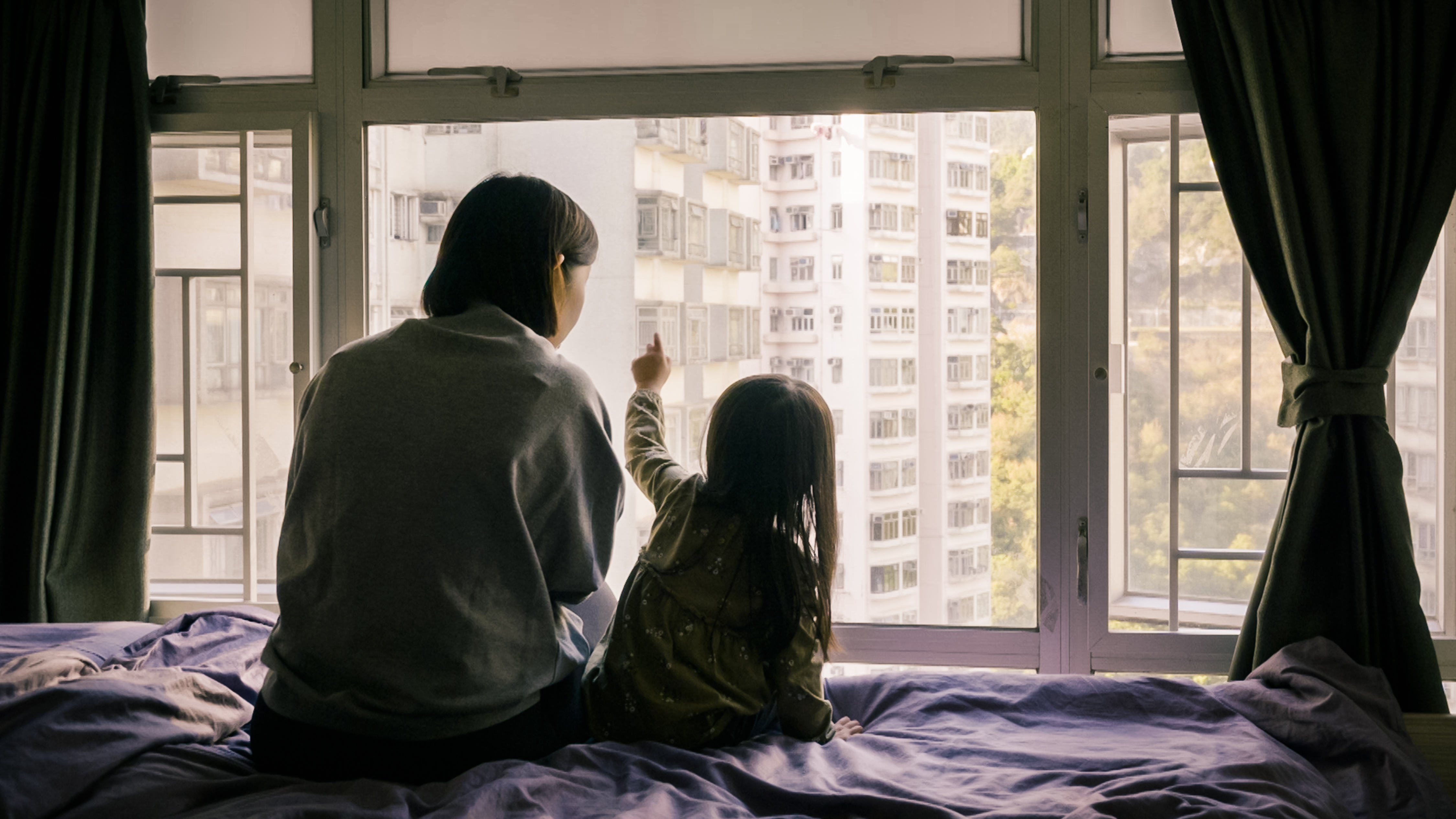
Achieving their goals, of course, also takes the right client. ‘In the UK there is still quite a lot of conservatism around architecture and ideas about what it should be,' they say. ‘If you look to other countries, architecture often has a much greater plurality. Clients can be very risk-averse and this diminishes the lack of opportunities for young practices. There is a real breadth of young talented architects with a diversity of approaches who are often overlooked in favour of established practices. And there is still a real disparity when it comes to representation of minorities and women in the field.'
Their hope is that in the not-too-distant future, architects will be able to input more on societal issues and have a positive and useful contribution to solving problems, from housing to the climate crisis and inequality.
The dynamic trio has been busy through the pandemic and has plenty of plans and ambitions for the future. They have been redesigning their website, pitching and designing on all scales, while trying to remain true to their vision. ‘In general we are interested in architecture’s role in enriching social and cultural life,' they add. ‘So far, this is embodied in our projects with charities and community-led organisations such as Surrey Docks Farm and Cody Dock. However we do have a much broader ambition to work on positively impactful public-facing projects, which might include work with museums, fashion, housing, workspaces.'
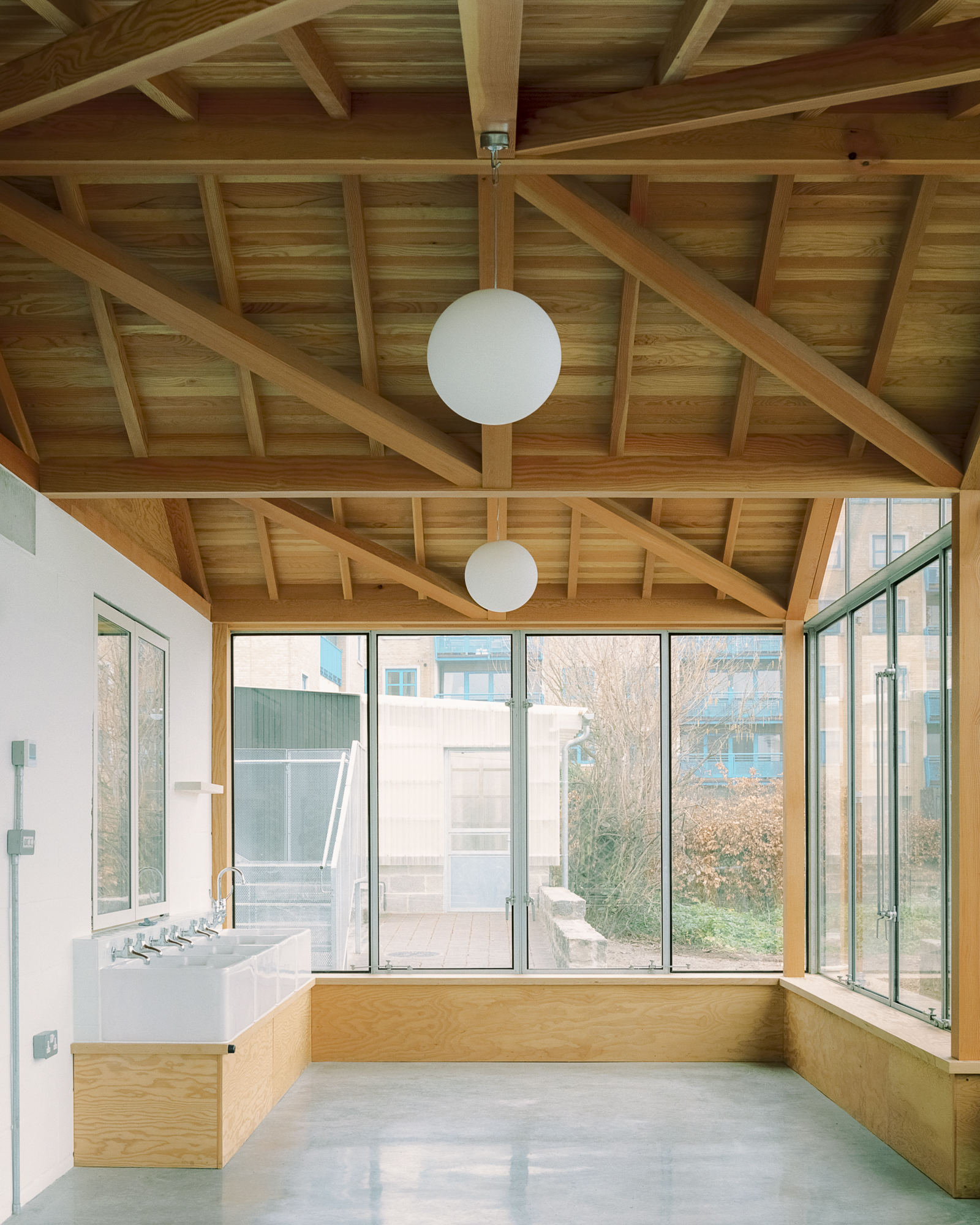
Surrey Docks Farm, Rotherhithe, 2020
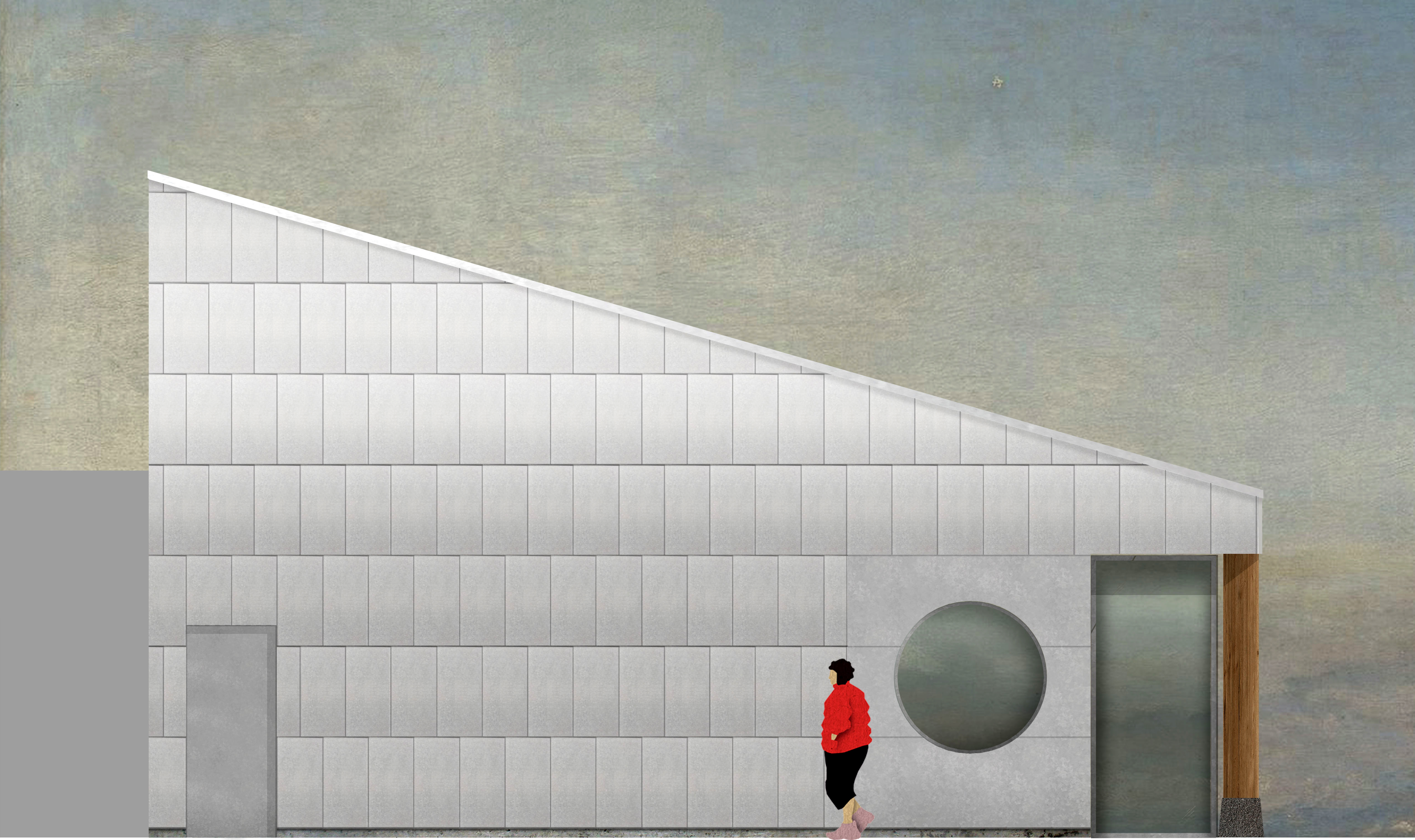
CDCC community centre, Newham, ongoing
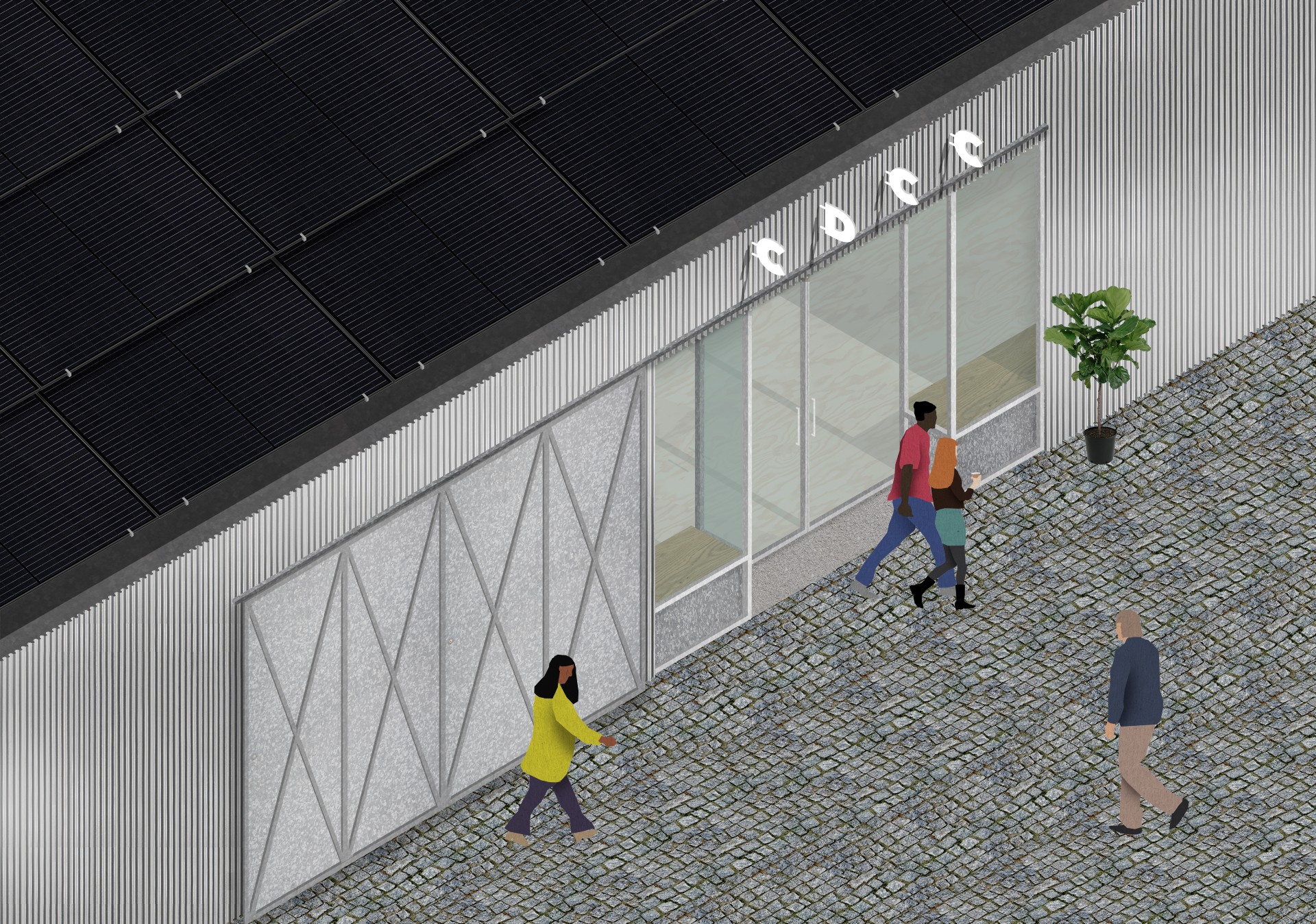
CDCC community centre, Newham, ongoing
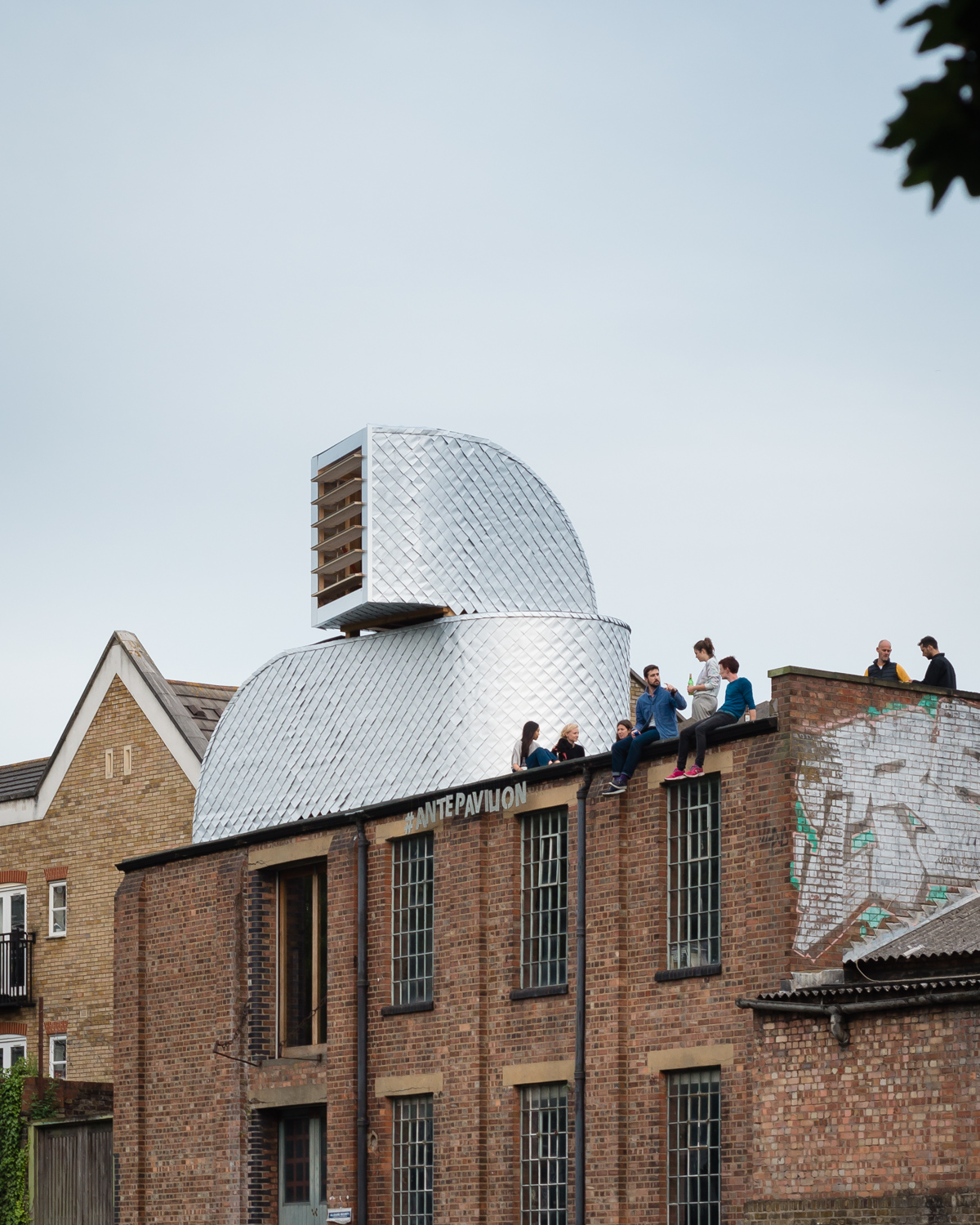
The Antepavilion, 2017
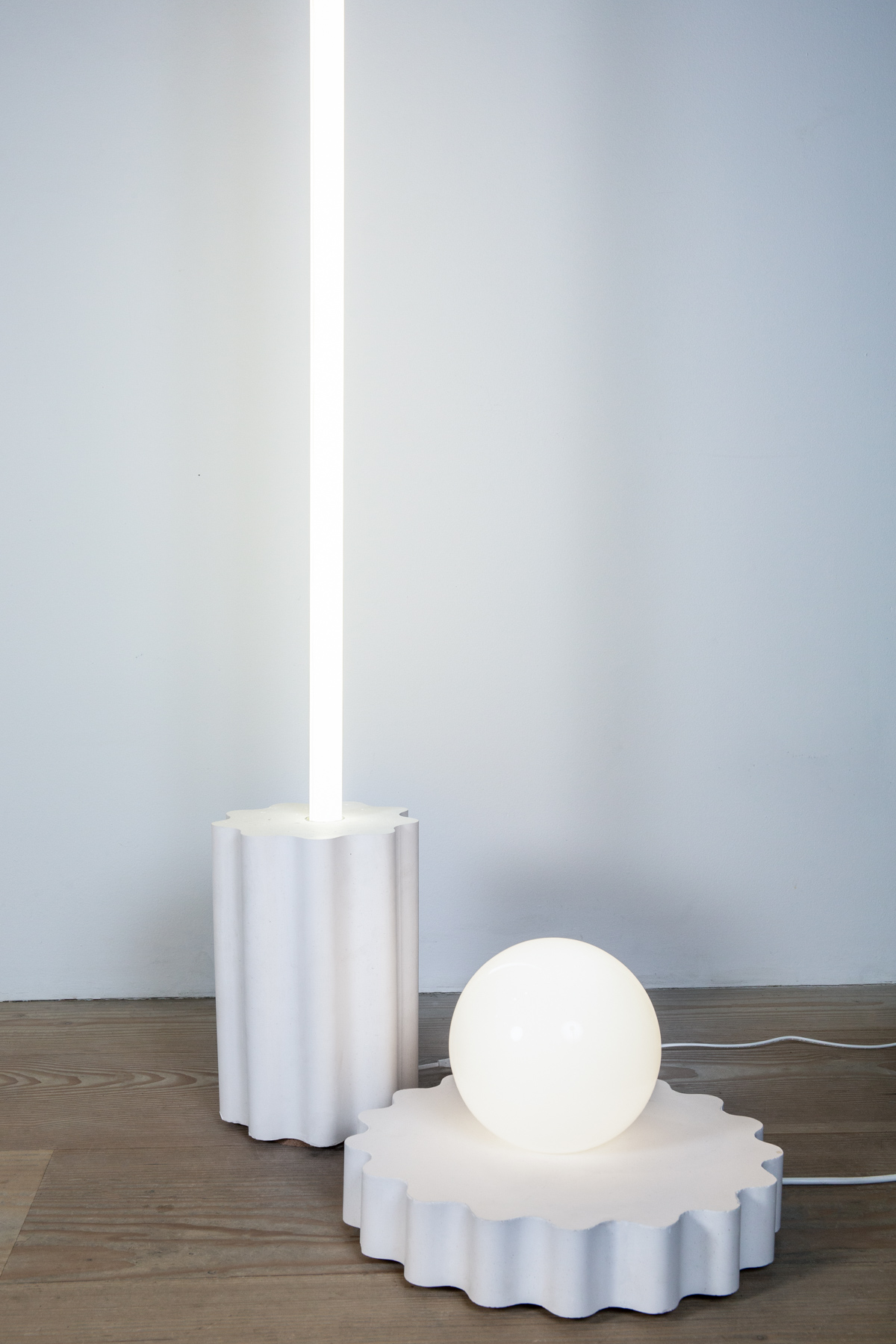
Floor lamps for the Delfina Foundation, 2019
INFORMATION
Wallpaper* Newsletter
Receive our daily digest of inspiration, escapism and design stories from around the world direct to your inbox.
Ellie Stathaki is the Architecture & Environment Director at Wallpaper*. She trained as an architect at the Aristotle University of Thessaloniki in Greece and studied architectural history at the Bartlett in London. Now an established journalist, she has been a member of the Wallpaper* team since 2006, visiting buildings across the globe and interviewing leading architects such as Tadao Ando and Rem Koolhaas. Ellie has also taken part in judging panels, moderated events, curated shows and contributed in books, such as The Contemporary House (Thames & Hudson, 2018), Glenn Sestig Architecture Diary (2020) and House London (2022).
-
 Marylebone restaurant Nina turns up the volume on Italian dining
Marylebone restaurant Nina turns up the volume on Italian diningAt Nina, don’t expect a view of the Amalfi Coast. Do expect pasta, leopard print and industrial chic
By Sofia de la Cruz
-
 Tour the wonderful homes of ‘Casa Mexicana’, an ode to residential architecture in Mexico
Tour the wonderful homes of ‘Casa Mexicana’, an ode to residential architecture in Mexico‘Casa Mexicana’ is a new book celebrating the country’s residential architecture, highlighting its influence across the world
By Ellie Stathaki
-
 Jonathan Anderson is heading to Dior Men
Jonathan Anderson is heading to Dior MenAfter months of speculation, it has been confirmed this morning that Jonathan Anderson, who left Loewe earlier this year, is the successor to Kim Jones at Dior Men
By Jack Moss
-
 This 19th-century Hampstead house has a raw concrete staircase at its heart
This 19th-century Hampstead house has a raw concrete staircase at its heartThis Hampstead house, designed by Pinzauer and titled Maresfield Gardens, is a London home blending new design and traditional details
By Tianna Williams
-
 An octogenarian’s north London home is bold with utilitarian authenticity
An octogenarian’s north London home is bold with utilitarian authenticityWoodbury residence is a north London home by Of Architecture, inspired by 20th-century design and rooted in functionality
By Tianna Williams
-
 What is DeafSpace and how can it enhance architecture for everyone?
What is DeafSpace and how can it enhance architecture for everyone?DeafSpace learnings can help create profoundly sense-centric architecture; why shouldn't groundbreaking designs also be inclusive?
By Teshome Douglas-Campbell
-
 The dream of the flat-pack home continues with this elegant modular cabin design from Koto
The dream of the flat-pack home continues with this elegant modular cabin design from KotoThe Niwa modular cabin series by UK-based Koto architects offers a range of elegant retreats, designed for easy installation and a variety of uses
By Jonathan Bell
-
 Are Derwent London's new lounges the future of workspace?
Are Derwent London's new lounges the future of workspace?Property developer Derwent London’s new lounges – created for tenants of its offices – work harder to promote community and connection for their users
By Emily Wright
-
 Showing off its gargoyles and curves, The Gradel Quadrangles opens in Oxford
Showing off its gargoyles and curves, The Gradel Quadrangles opens in OxfordThe Gradel Quadrangles, designed by David Kohn Architects, brings a touch of playfulness to Oxford through a modern interpretation of historical architecture
By Shawn Adams
-
 A Norfolk bungalow has been transformed through a deft sculptural remodelling
A Norfolk bungalow has been transformed through a deft sculptural remodellingNorth Sea East Wood is the radical overhaul of a Norfolk bungalow, designed to open up the property to sea and garden views
By Jonathan Bell
-
 A new concrete extension opens up this Stoke Newington house to its garden
A new concrete extension opens up this Stoke Newington house to its gardenArchitects Bindloss Dawes' concrete extension has brought a considered material palette to this elegant Victorian family house
By Jonathan Bell